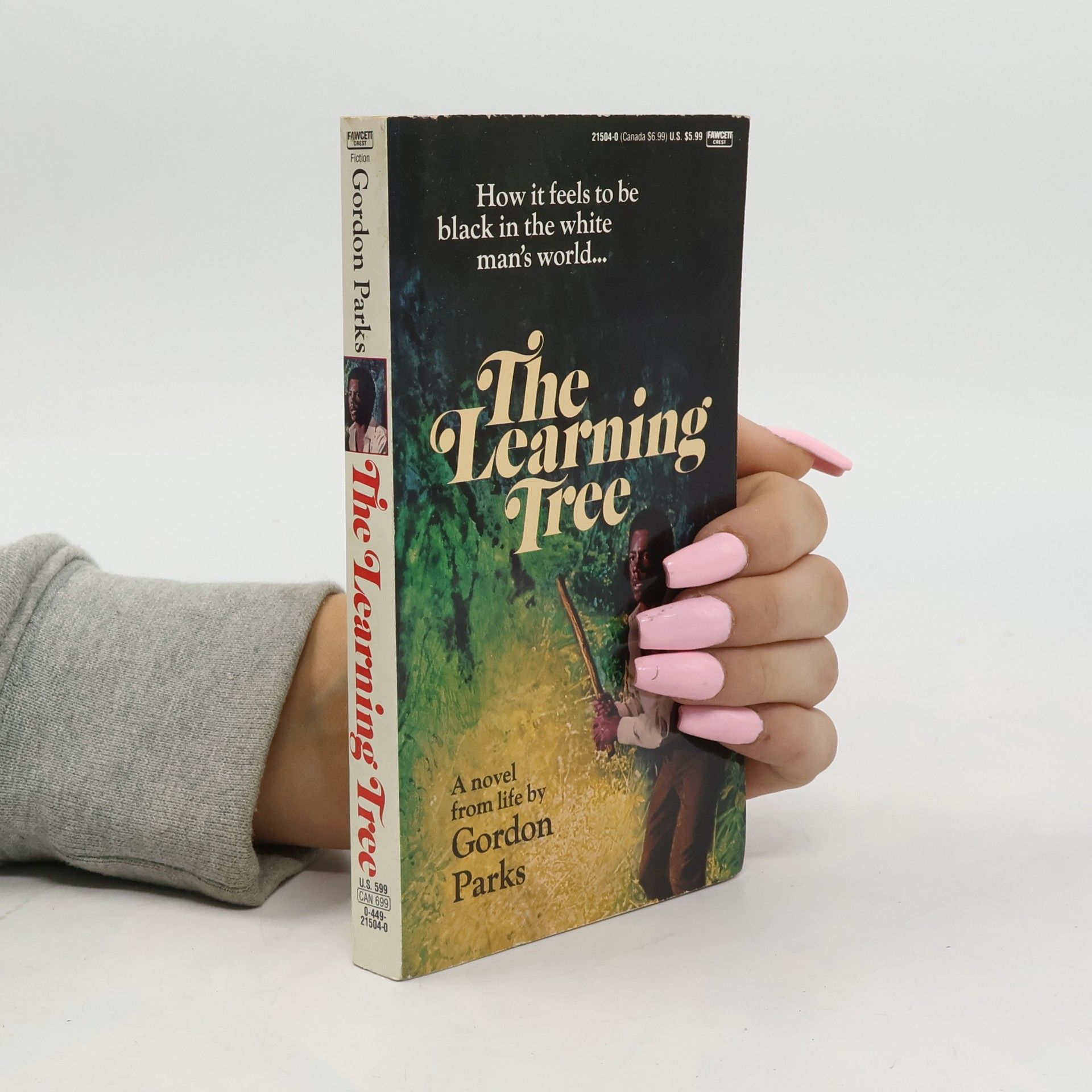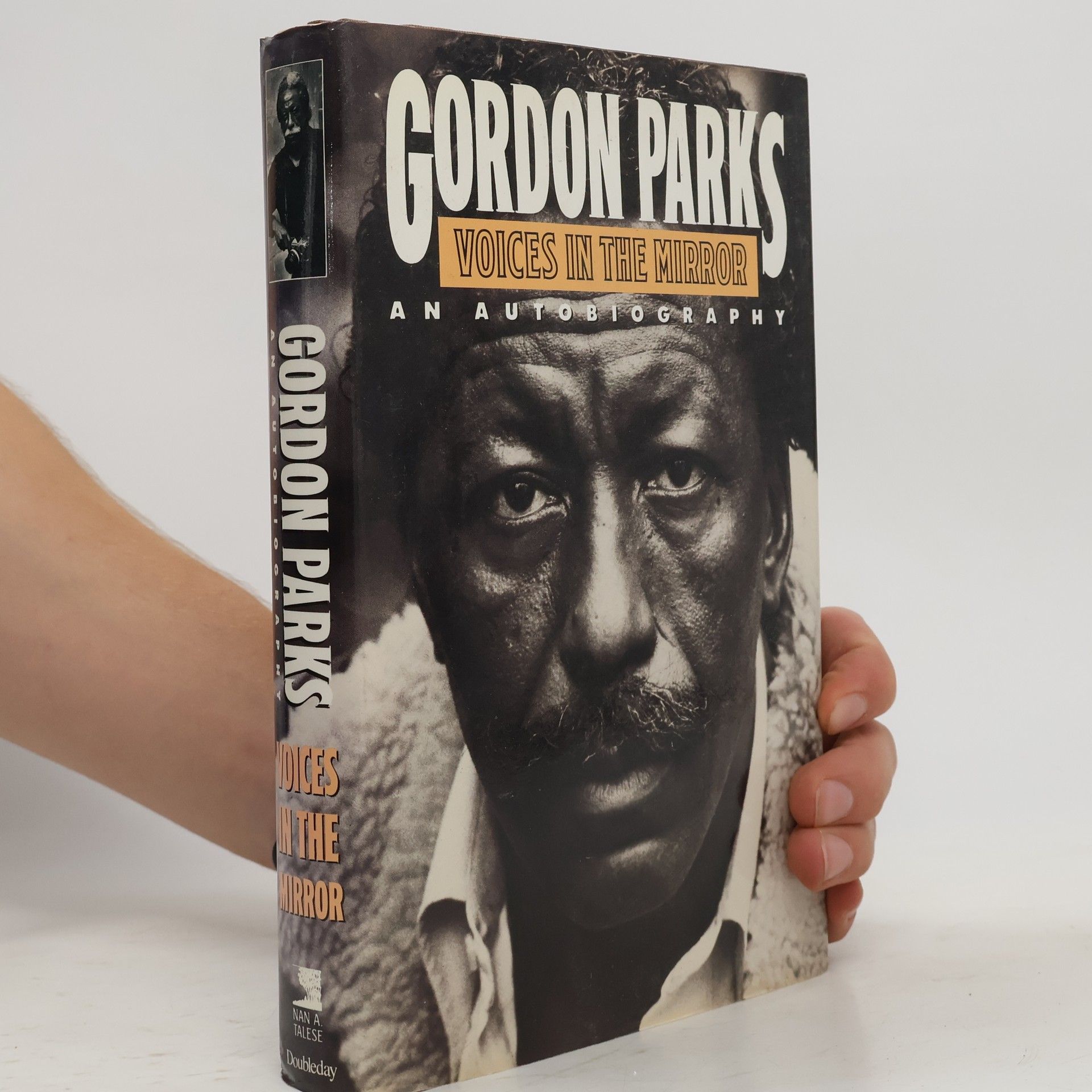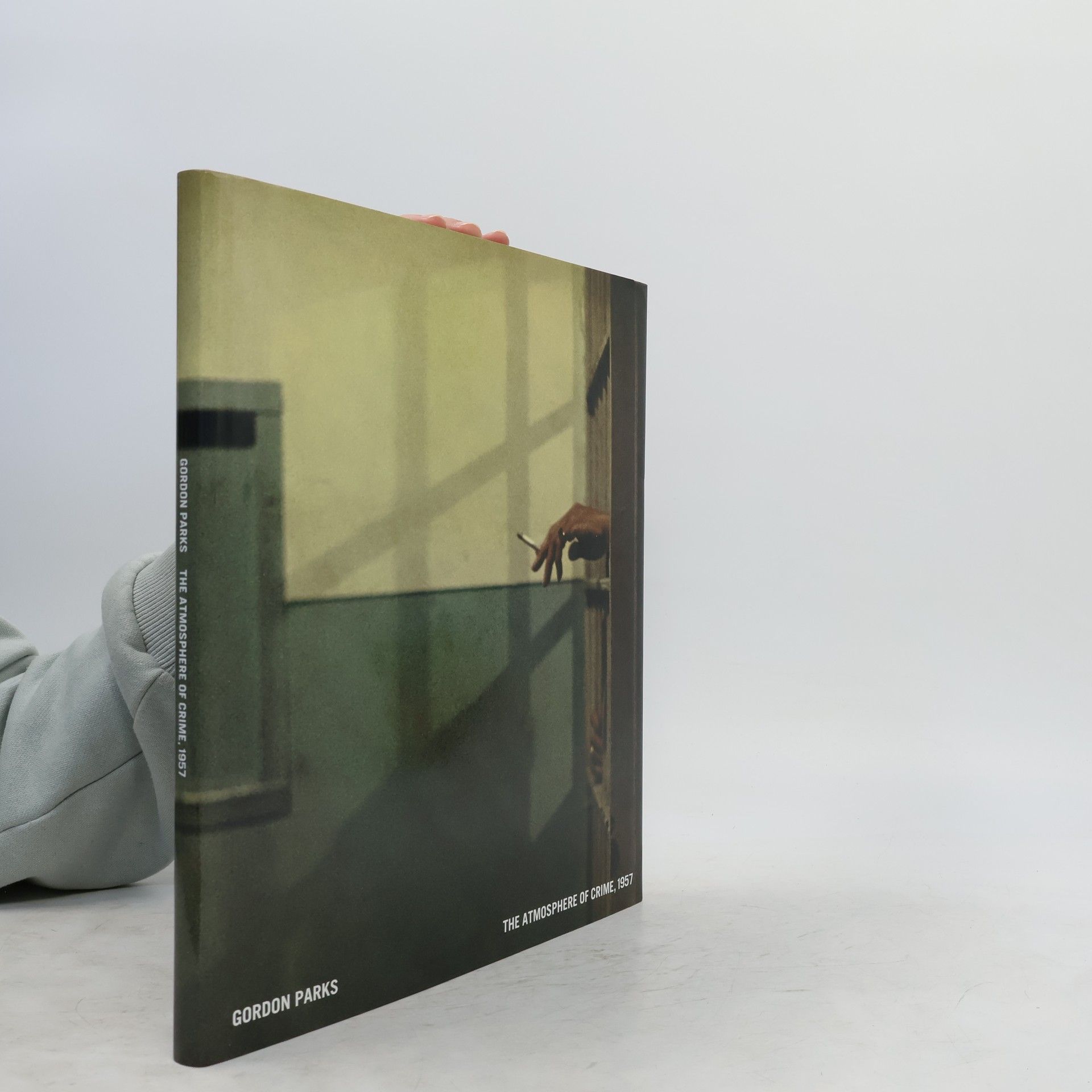Gordon Parks war einer der wichtigsten Chronisten des einfachen Lebens in den USA in der zweiten Hälfte des 20. Jahrhunderts: Arbeiter, Schwarze, die Bürgerrechtsbewegung, Kleinstädter . Seine eindringlichen Schwarzweiß-Fotografien wurden z. T. zu Ikonen der Fotografie. Der Band ist im Wesentlichen ein langes Gespräch mit Parks, begleitet von zahlreichen seiner Fotografien.
Gordon Parks Bücher
Gordon Parks war ein visueller Erzähler und Künstler, dessen Werk Fotografie, Film, Musik und Literatur umfasste. Mit unerschütterlichem Engagement dokumentierte er die amerikanische Realität, insbesondere das Leben und die Kämpfe der Afroamerikaner, und nutzte seine Kunst als Werkzeug für sozialen Wandel. Seine Fotografie für das Life Magazine und seine Regie für den Film Shaft stellen Höhepunkte seines Schaffens dar, doch seine Talente erstreckten sich auch auf das Schreiben von Romanen, Gedichten und Autobiografien, in denen er weiterhin Themen wie Identität und Erlösung erforschte. Parks' Vermächtnis liegt in seiner Fähigkeit, Menschlichkeit selbst angesichts von Widrigkeiten aufzuzeigen und andere zu inspirieren, ihre eigenen Stimmen zu erheben.






Gordon Parks - the new tide, early work 1940-1950
- 304 Seiten
- 11 Lesestunden
Focusing on new research and access to forgotten pictures, The New Tide, Early Work 1940–1950 documents the importance of these years in shaping Gordon Parks’ passionate vision. The book brings together photographs and publications made during the first and most formative decade of his 65-year career. During the 1940s Parks’ photographic ambitions grew to express a profound understanding of his social, cultural and political experiences. From the first photographs he published in Saint Paul, Minnesota, and his relationship to the Chicago Black Renaissance, to his mentorship with Roy Stryker and his breakthrough work for America’s influential picture magazines—including Ebony and Life—this book traces Parks’ rapid evolution from an accomplished, self-taught practitioner to a groundbreaking artistic and journalistic voice. Co-published with the Gordon Parks Foundation and the National Gallery of Art, Washington, D. C.
This collection presents a comprehensive overview of Gordon Parks' photography spanning five decades, documenting his legendary career as one of the most influential African-American photographers of the twentieth century. Parks skillfully combined documentary and artistic styles with a deep commitment to social justice, initially working for the Farm Security Administration and later for Life magazine. He focused on extended narrative stories addressing complex issues such as crime, poverty, segregation, and race relations, showcasing his ability to blend insight with a lyrical aesthetic. His work introduced diverse audiences to often-overlooked subjects and ideas. Parks was versatile, capturing news events, fashion, and cultural scenes worldwide. Later in life, he adopted a more personal and poetic approach, creating allusive color photographs. Born in 1912 in Fort Scott, Kansas, Parks overcame poverty and segregation, eventually becoming a self-taught photographer after buying a camera from a pawnshop. He also excelled as a film director, author, and composer, notably popularizing the Blaxploitation genre with his film Shaft. Parks received numerous accolades, including the National Medal of Arts and over fifty honorary degrees. His retrospective exhibition, “Half Past Autumn: The Art of Gordon Parks,” was held at the Corcoran Gallery of Art in 1997. Parks passed away in 2006.
The Great LIFE Photographers
- 608 Seiten
- 22 Lesestunden
Dating from 1936 to the dawn of the new millenium, this collection of images from Life magazine provides a unique record of global events during this period, featuring work from some of the most noted photographers of all time.
Learning Tree
- 240 Seiten
- 9 Lesestunden
Photographer, writer, and composer, Gordon Parks has written a moving, true-to-life novel of growing up as a black man in this country in this century. Hailed by critics and readers alike, The Learning Tree tells the extraordinary journey of a family as they struggle to understand the world around them and leave their mark a world that is better for their having been in it.
Gordon Parks--photographer, film director, writer, composer--reflects on his own dramatic life, from his poor Kansas origins to his great triumphs in America and abroad.
The Atmosphere of Crime, 1957
- 120 Seiten
- 5 Lesestunden
Gordon Parks' journey in 1957 to capture crime in America for Life magazine resulted in a groundbreaking photo-essay that challenged prevailing stereotypes of criminality. His use of color photography provided a vivid portrayal of violence, police work, and incarceration, emphasizing the social and economic factors behind crime. By moving beyond clichéd narratives, Parks offered a nuanced perspective that highlighted the complexities of these issues. This collection features never-before-published photographs from his original work, showcasing his empathetic and candid approach to a hidden world.
Stokely Carmichael and Black Power
- 176 Seiten
- 7 Lesestunden
Focusing on Stokely Carmichael, a pivotal figure in the civil rights movement, this work captures his journey as the chairman of the Student Nonviolent Coordinating Committee during a transformative period. Gordon Parks provides an intimate portrayal, blending insightful writing with striking photography, showcasing Carmichael's charisma, intelligence, and humor. The essay highlights the essence of the Black Power movement, emphasizing themes of self-determination and love, while offering a deeper understanding of both the leader and the broader societal impact of his message.


